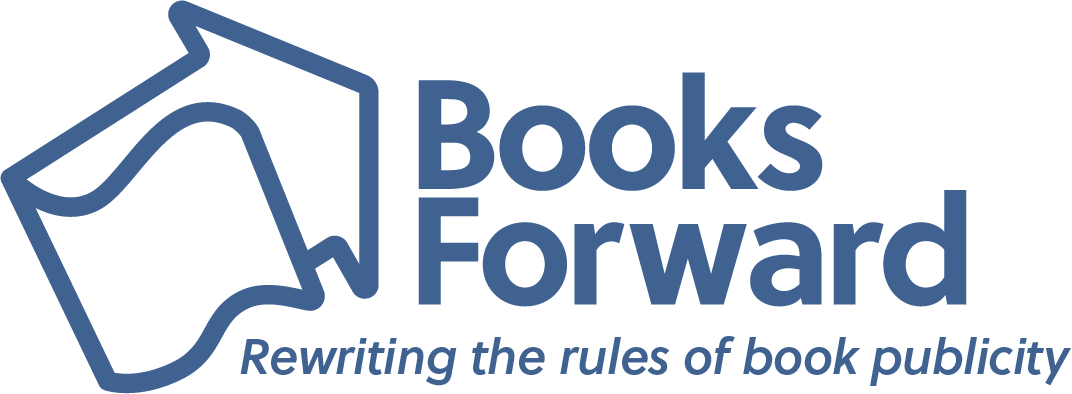If you’ve written a book in the past few years, you might be looking for some BookTok tips. With almost 2 billion users, TikTok is one of the largest social media platforms to put yourself out there if you’re looking to market your book. But how do you get started? Here are 25 important BookTok tips to keep in mind if you want to get involved in the community!
1. Find the Time
Don’t even attempt creating a TikTok account if you don’t have the time and energy to devote to it. No account is better than an inactive account.
2. Spend Time on the App
Try using TikTok for at least 10 minutes per day, scrolling through your FYP, liking various videos, and following other creators will help the app get to know you, so it can connect you to the kind of content you want to see, faster. The more you use it, the more you’ll understand the platform and it’ll understand you.
3. Know Your BookTok Niche
Romance? Fantasy? Queer lit? Figure out where your book fits and what trends resonate with that specific audience.
4. Study Other Successful BookTokers and Authors
Watch popular videos from other authors and readers in your genre. Also, look for readers and Booktokers who have reviewed/shared videos about comparative titles. See what formats and tones they use. Get inspired and try to implement their strategies.
5. Use Popular Sounds
One of the most important BookTok tips is to pair your content with viral sounds to boost your reach across the platform. Trending audio has always been a key to visibility on TikTok.
6. Hook Viewers Quickly
TikTok is a fast-paced platform. Start with an emotional hook, question, or bold statement and really catch the audience’s attention.
7. Consider Creating a Series
Have a long story? Break your content into parts to keep people coming back. Just because you can post a 5-minute video doesn’t mean you should. Attention spans are short. Some examples below:
- Three reasons to read my book (3 total videos)
- My top 4 bookish inspirations (4 videos total)
- A 5-minute story on a recent book festival you attended (2, 2.5-minute videos)
- 25 quick BookTok tips broken (lol)
8. Go Behind-the-Scenes
Share your writing process, character inspiration, or even how you chose the cover. Let readers in on what it takes to create a book! Author Talia Hibbert has a great example of this.
9. Lean Into Aesthetics
Use mood boards, aesthetic montages, or “vibe checks” to showcase the tone of your book. Videos like these are popular across genres, like this video from fantasy author Tim Facciola.
10. Aim for Consistency, Not Perfection
Regularly posting helps the TikTok algorithm. You don’t have to be a pro by any means! Your videos will get more views if you put some effort in. Change camera angles, use a tripod if you need a steady hand, get some decent lighting. Competent editing will help you make your point, and slick editing can actually attract followers who are just impressed by the quality of your video. But ultimately, authenticity wins.
11. Show Your Face
People really do engage more when they feel connected to the creator. Even just the occasional videos featuring your face can help. Author Heather Herrman does a great job of this!
12. Respond to Comments
If users take the time to comment on your videos, make sure to reply! You can even use the video reply feature to keep conversations going and create even more content — like how author Thomas R. Weaver does here.
13. Get Personal and Tell Your Story
Why did you write your book or series? What personal experience inspired it? Human stories drive connection. Getting personal on BookTok goes a long way, like author Christina Bacilieri. Post about your pets, your writing schedule, tour of your favorite indie bookstore, favorite local coffee shop (then tag all of them in your video). A lot of authors struggle with this aspect, but TikTok users want to see the personal side of you as well!
15. Cross-Promote Across Platforms
TikTok videos are great to repurpose as Reels for Instagram or as Shorts for YouTube. Or consider linking to them in your email newsletter or sharing them on your other social media platforms. You might gain some new followers in the process.
16. Use “BookTok Made Me Buy It” Trends
Even if your book hasn’t gone viral, you can mimic the format to drive curiosity. And make sure to use the platform regularly so you can stay on top of current trends. Learn more about utilizing trends here.
17. Feature the Book Visually
Show the cover clearly and often. Use close-ups, stacks, or “satisfying” movements. All the BookTok tips in the world won’t help if people don’t actually know what your book looks like! Author Ginelle Testa does a great job of that here.
18. Actually Plug Your Book
That’s why you started your account! Encourage people to post reviews on Goodreads and Amazon, share comments with you after they’ve read, and more. Mention anything going on in your book life. Events coming up? Make a video about it like author Anne Abel did.
19. Feature Other Authors
As important as it is to promote your own work, don’t forget about the rest of the BookTok community. Feature other authors and books on your page and tag them when you post about them. Author Kelly Vincent featured a book they were reading in this post.
20. Post at Strategic Times
Test different times to see when your audience is most active (often evenings or weekends). But don’t only post around these times. Keep testing as the TikTok algorithm can promote content at any time.
21. Track What Works
Use TikTok’s analytics to find out what content gets the most views, watch time, and engagement. Consider making those types of videos recurring content and series.
22. Test New Formats
Find what works for you, but don’t get complacent. Try posting reviews, skits, live Q&As, text-on-screen confessions – see what else resonates with your audience.
23. Collaborate with BookTok Influencers
Offer ARCs or sponsored posts with creators who love your genre. If you have bookish swag like bookplates, offer that up. Or invite them to be a part of your street team!
24. Don’t Chase Virality
You’re at the mercy of the algorithm. Focus on building your BookTok community, growing a loyal, engaged following over time. That’s what truly drives sales and long-term visibility.
25. Be Genuine
One of the most important BookTok tips we can give is to post about stuff you actually care about. Do that and you likely will find a niche side of tiktok out there of people who like the same thing!
26. If You Aren’t Having Fun, Stop
TikTok can help you build an audience, which may lead to book sales. But it’s just one of many ways to promote your book. If you enjoy it, then keep going! But if you give TikTok a solid try and decide it’s not for you, that’s OK!
Embrace all these BookTok tips, and you are well on your way to building your community of readers!
Jennifer Vance is a publicist at Books Forward, an author publicity and book marketing firm committed to promoting voices from a diverse variety of communities. From book reviews and author events, to social media and digital marketing, we help authors find success and connect with readers.
Interested in what’s possible for your book sales and building readership? Check out our services, tell us your goals, and get a customized publicity campaign tailored just for you.












